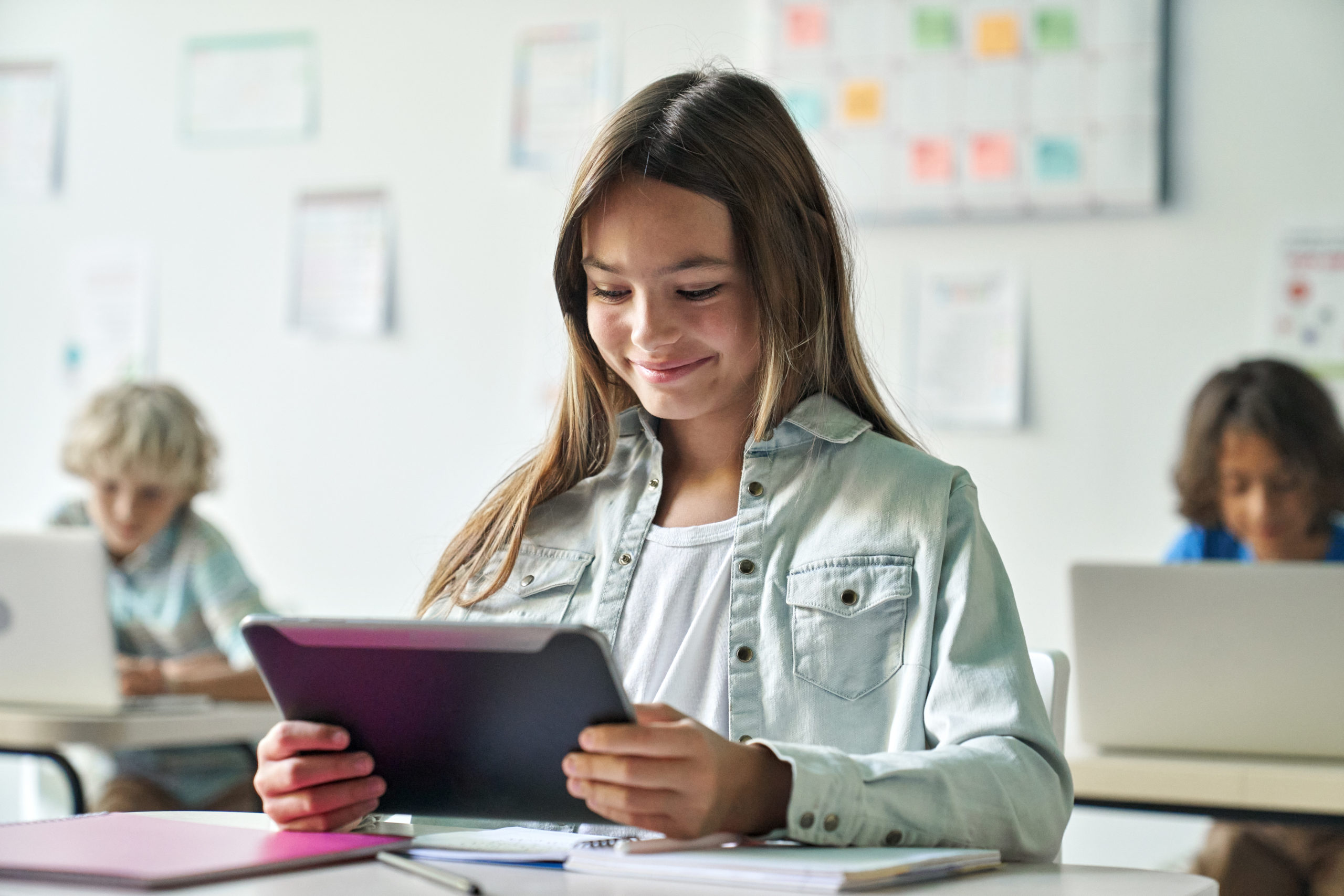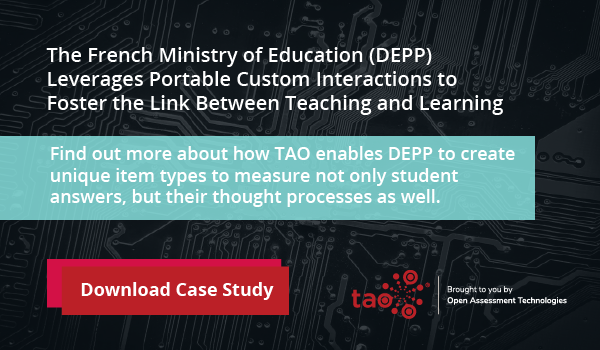Schools today are tasked with more than developing content knowledge, they are also asked to help students to develop social-emotional learning (SEL) skills. This includes helping students to create a positive self-image, build meta-cognitive skills, enhance peer-to-peer communication, and feel and show empathy. In short, these skills may never show up on a standardized test, but they enable students to be high-functioning, happy adults.
Integrating SEL in the classroom isn’t easy. Teachers are already juggling many other things daily, and it can be tough to ensure that students’ social and emotional needs are being met. However, technology can help students to learn these skills while also taking some of the workloads off of the shoulders of teachers.
What is Social-Emotional Learning?
Social-emotional learning, or SEL, is a set of skills that are based on how a student interacts with the world and people in it, including problem-solving skills, interpersonal interactions, and self-management skills, all of which transfer directly into becoming a successful adult. These skills are sometimes called “soft skills,” and they differ from more traditional skills or “hard skills,” such as reading, writing, and mathematics.
5 competencies form the foundation of all SEL called the CASEL framework. The CASEL framework is an excellent place to start when thinking about integrating SEL into the classroom.
CASEL: What are the 5 Competencies that Form the Foundation?
The CASEL framework elements include:
- Self-Awareness – students can identify their own emotions and needs while developing a growth mindset.
- Self-Management – students learn to manage and regulate their actions and choices, manage stress, and set goals.
- Social Awareness – students can put themselves in others’ shoes and see things from a variety of perspectives, they become empathetic and have concern for others.
- Relationship Skills – students develop interpersonal skills and learn to manage relationships in their personal and school lives.
- Responsible Decision Making – students can take many factors and perspectives into account before making a decision.
Why is There a Focus on Social-Emotional Learning?
Schools have been increasing their focus on SEL and most schools have made a strong effort to get SEL in the classroom. All of this focus on SEL is for good reason, SEL has been shown to have profound effects on student success, a reduction in dropout rates, lower rates of bullying, and an increase in student standardized test scores.
This focus on SEL comes at a time when students are more stressed-out and anxious than ever before, between high-pressure testing, COVID, and the impact of social media, students are struggling with social-emotional skills. By teaching SEL in the classroom, schools can address these issues head-on, and by emphasizing SEL, schools can prioritize the mental health of their students.
How Social-Emotional Learning is Related to 21st Century Skills
21st-century skills are the skills that students need to find success in today’s job market. Social-emotional learning and 21st-century skills are closely related because, like SEL, 21st-century skills include skills that are not tied directly to the curriculum, such as problem-solving, critical thinking, and collaboration.
Social-emotional learning plays a key role in developing the digital literacy and 21st-century skills that employers are looking for. 21st-century skills emphasize individual autonomy within a group setting to achieve real-world results. In this lens, learning involves creating and synthesizing, not simply getting questions correct on an exam, and the social-emotional skills that students have played a critical role in the application of the content outside of the classroom.
How Educators are Approaching SEL
For educators, integrating SEL in the classroom is an essential part of day-to-day lesson planning. Many educators plan specifically to teach these skills daily by including opportunities for collaboration, goal setting, teaching empathy, and teaching self-management strategies. The best teachers know that these skills will help students long after they leave the classroom.
Educators understand that it doesn’t matter how much students know about a particular topic if they are not able to master the competencies within the CASEL framework, then it will be hard for them to apply what they learn. Teachers today include movement breaks, daily check-ins, and even direct instruction around how to be aware of self and others. All of this is designed to help students find success in and outside of their post-schooling careers.
The Role of Technology
It isn’t easy to develop SEL in the classroom, however, there is technology available to assist teachers with building a solid foundation. Technology can act as a facilitator, allowing students to access information and express themselves in new and authentic ways through things like video sharing or virtual presentations. Utilizing technology can help students who might normally sit quietly in class, engage authentically in each lesson.
One of the major challenges with teaching about SEL in the classroom is that it is so difficult to assess. No two students are the same and the skills that we are teaching are not easily defined by rubrics or grading scales. This is another area where technology can help, through Portable Custom Interactions (PCIs), teachers can begin to assess on quality of student interactions and measure skills like collaboration and leadership.
PCIs give educators the ability to see the entire learning process, not simply the final answer. It is also more meaningful than traditional ways of having students show work or explain their thinking. As an interactive technology tool PCIs can be endlessly customized to measure problem-solving skills in a way that cannot be done efficiently without technology.
Closing Thoughts
Education today looks very different from what it was 20 years ago. SEL is at the forefront of student learning as we begin to understand just how critical a foundation of self-awareness, social awareness, and self-management is. By incorporating strong SEL practices into the everyday classroom, teachers prepare students for jobs in the world today.
Although SEL is vital to developing successful students, it can be difficult to assess in the classroom. This is where technology comes in. To learn more about the impact of technology through PCIs, check out this case study provided through Open Assessment Technologies.


